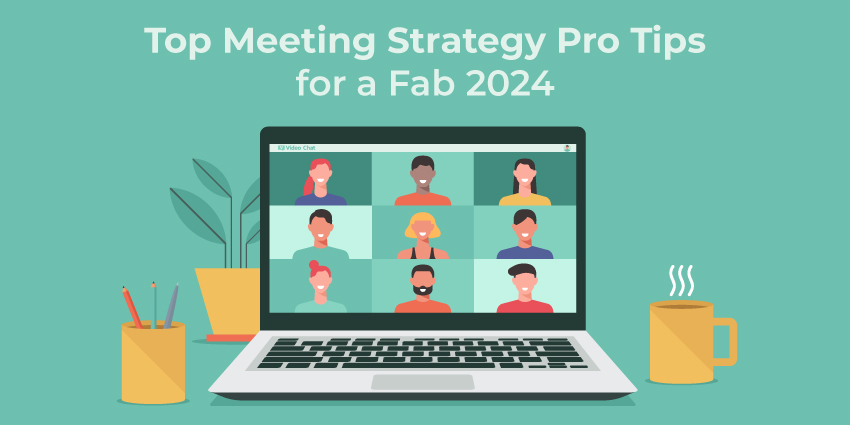What Is Sponsored Content? (and why it rocks!)
A Short Digestable Guide to Sponsored Content

What is sponsored content, and why is it so beneficial to your brand?
Most companies know content is the key to building a successful presence online. Around 82% of marketers are actively using content marketing as of 2021. However, there are so many different kinds of content, it’s difficult to know which you should be focusing on most.
Sponsored content is just one of the compelling content options businesses can consider when they want to build the credibility of their brand without being too aggressive with their promotion. As a form of branded content, it’s one of the ways you can help your customer understand your message for up to twice as long.
Today, we’re going to define what sponsored content is, why it’s more appealing than other “traditional” ads, and why you need to use it in your marketing campaign.
What is Sponsored Content? The Basics
Sponsored content is a kind of “premium” content paid for by an advertiser or company, but created and shared by another influencer, brand, or publisher. It’s a form of “native” advertising which looks similar to the content which already exists on the platform you want to use for your advertising.
Sponsored content works best to build brand credibility and reach. You can sponsor a company or influencer already connected with your target audience and ask them to highlight your brand in a positive (but not overly-promotional) light.
Instead of thinking they’ve been served another advertisement, audiences should come away from a piece of sponsored content thinking they’ve just received some valuable information or guidance. When used correctly, sponsored content:
- Makes your brand seem more trustworthy and credible by placing it in line with other content or companies your customer enjoys.
- Adds to the user experience by delivering content with clear value.
- Minimises the “disruption” associated with traditional ad content.
- Allows you to connect with your audience in a range of formats (including video, articles, podcasts, and other content options).
- Is beneficial to the content creator (because they receive funding), the brand (because they generate awareness) and the customer (because they receive value).
According to experts, when marketers sponsor content from a trusted publisher, they achieve a 50% increase in brand lift, compared to marketers sharing their own content.
Sponsored Content vs Native Advertising: The Difference
Sponsored content is a form of “native” advertising, which means it appears to be the same as the other content on the website or platform where it’s displayed. However, sponsored content and native advertising aren’t exactly the same thing.
While all sponsored content is native advertising, not all native advertising is sponsored content. There are various other forms of native advertising a business can do too. For instance, paid search ads, content recommendation widgets, and custom ads are all forms of native promotion.
The important thing to keep in mind is both sponsored content and native advertising are non-disruptive forms of marketing.
These campaigns aren’t designed to grab your audience in the middle of whatever they’re doing and pull them away from that activity. Instead, all forms of native advertising are cohesive with the existing page content or website, so the viewer will simply assume they belong there.
What Types of Sponsored Content can Brands Create?
As mentioned above, one of the biggest benefits of sponsored content is its versatility. You’re not limited to sharing content in a specific format or style – all you need to do is make sure you choose something that makes sense for the platform your content will be appearing on. Some of the most common forms of sponsored content include:
- Written content: Articles, listicles, reviews, eBooks, sponsored tweets, sponsored Facebook posts, or thought leadership pieces.
- Visual content: Videos, sponsored Snapchat, Instagram, or Facebook stories, infographics, and images.
- Alternative content: PowerPoint presentations, webinars, event speeches, or podcast episodes.
With so many different types of sponsored content to choose from, brands can create a more comprehensive content marketing strategy with sponsored content. This makes it easier to reach a wider range of customers who enjoy different forms of content.
Because, with sponsored content, you’re paying for someone else to create and publish the content for you, there’s no need to invest in the tools required to create the asset (like editing tools for videos or podcasts).
Are There Rules Regarding Sponsored Content?
Sponsored content is an excellent way to appeal to customers at a time when most of your clients hate interacting with “obvious” advertisements. On social media, a website, or another platform, a sponsored post looks just like any other content in that environment, so it blends in naturally, and feels less like a clear marketing scheme.
However, the ability of sponsored content to blend into the existing environment has prompted the arrival of certain rules from groups like the Federal Trading Commission. According to the FTC’s advertising and marketing guidelines, you’ll still need to make customers aware they’re reading sponsored content.
This means influencers and brands need to clearly state when they have been sponsored to create something. You might have seen examples of this at the beginning of a video when a YouTube influencer mentions their “sponsors” and refers to them as such.
Whenever you’re creating sponsored content for your marketing campaigns, it’s important to ensure any brand you’re working with knows how to identify the content correctly, according to the guidelines for online advertising.
Should You Be Using Sponsored Content?
Sponsored content can be an extremely valuable tool for many businesses, no matter their industry or background. It’s an opportunity to have credible companies and influencers talk about your business and highlight the benefits of your products for customers, without seeming overly promotional, or disrupting your target audience.
With sponsored content, you expand your reach to new customers you may not have been able to access on your own. That’s why it’s so important to research the publications you’re going to sponsor carefully, focusing on people who can help you reach the right audience.
Sponsored content is also surprisingly easy to create, because you don’t have to make it yourself – you just pay another publication to do the work. As part of a comprehensive marketing plan, sponsored content makes a lot of sense.




